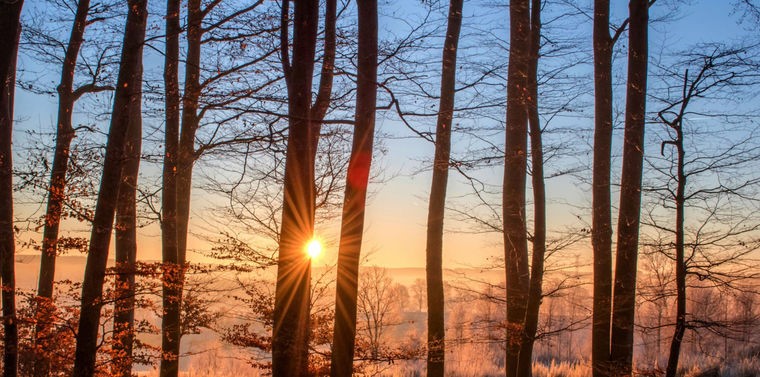High temperatures in East Idaho set multiple records on Tuesday.
The 61 degrees measured in Pocatello was not only the highest temperature ever recorded on Jan. 30, it was also the highest temperature ever recorded in the Gate City in the month of January. The National Weather Service said official record-keeping began in Pocatello in 1939.
The previous record for Jan. 30 in Pocatello was 51 degrees in 1992, while the previous record for the warmest temperature ever recorded in January was 60 degrees on Jan. 31, 2003.
Idaho Falls and Burley also broke records on Tuesday. Idaho Falls’ 50 degrees broke the previous record of 45 degrees set in 1971, and Burley’s 61 degrees broke the previous record of 56 degrees, also set in 1971.
However, unlike Pocatello, the new Jan. 30 record temperatures in Idaho Falls and Burley were not the highest ever recorded for the month of January in those cities.
But meteorologists said that what is particularly unusual is how the region has seen two extremes in back-to-back years.
Last year during this time, most of Southeast Idaho was buried under snow thanks to unrelenting storms and blizzards.
In fact, January 2017 was the snowiest January on record, with a total of 32.2 inches in Pocatello. It was also the seventh coldest January ever documented.
But in January 2018, only 0.3 inches of powder had fallen in the Gate City, making it the least snowiest and the second-warmest January on record. Only the January in 1953 was balmier.
According to Greg Kaiser, meteorologist for the National Weather Service in Pocatello, a high-pressure system moved into the region shortly after Christmas and has remained since then. This was not what meteorologists were expecting, as December had higher-than-average snowfall numbers.
“Once Christmas Day passed, the weather turned quickly,” Kaiser said.
This system, Kaiser said, is essentially pushing any potential blizzards and snowstorms away from Southeast Idaho to the north and to the east.
“A high-pressure system has set up on the West Coast and there’s been a low-pressure system back east, which is why they are getting all the storms,” Kaiser said. “It’s been completely reversed compared to last year, when we had the low-pressure system and the storms, and the East Coast had the high-pressure system and the warm weather.”
But will Southeast Idaho see any significant snowfall or frigid temperatures in February and March?
For the next 10 days, the answer is probably no, with above-average temperatures and some rain in the forecast for the region.
Kaiser said the month of February this year is forecast to have above-average temperatures, while the Climate Prediction Center is anticipating a warmer-than-usual spring and summer.



